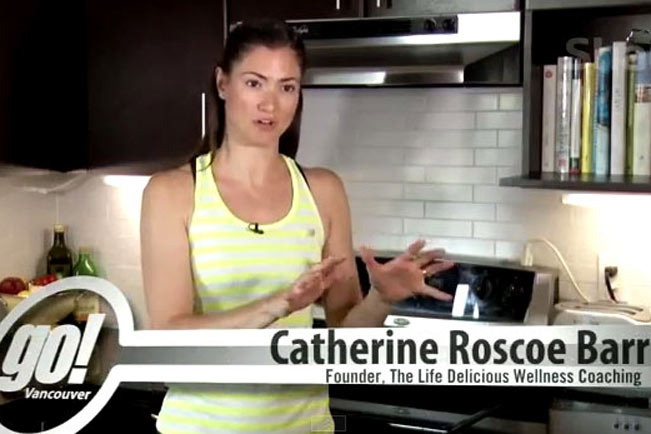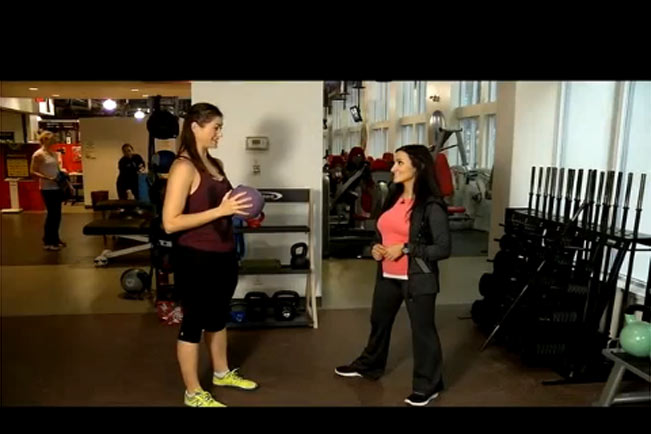My dear good friend, Johanna Ward, host of Shaw TV’s go! Vancouver and YWCA fitness instructor extraordinaire (seriously, go to one of her amazing, thrice weekly DanceFit classes) came over the other day to talk about The Life Delicious!
We exercised on my patio, talked about stress management in my hammock, and made a tasty, quick and easy curry in my kitchen. Watch the segment below.
What is The Life Delicious?
The Life Delicious is the convergence of stress management, exercise and nutrition.
Health, happiness and productivity blossom where stress management, exercise and nutrition converge!
When you prioritize self-nurturing, by creating energy rituals for stress management, exercise and nutrition – by filling your mind, body and spirit batteries – you bring your best self to the world.
When you prioritize self-nurturing, you inspire others to do the same. Imagine if everyone brought their best selves to the world!
The Trifecta of Wellness: stress management, exercise and nutrition
As a full-time personal trainer and group fitness instructor for nearly a decade, I felt there was something missing from the conversation about exercise and nutrition. In general, people know it’s important to “eat well” and “exercise,” so why is there such a serious lack of implementation? Why isn’t everyone loading up on fresh greens and gym memberships?
I believe the missing link is stress management.
A healthy mind makes anything possible. Self-nurturing – a balanced diet, rich in nutrients and open to occasional indulgence, and an active lifestyle with a diverse selection of physical activity – becomes so much easier when you have a positive, mindful, open attitude.
The Life Delicious harnesses the power of self-directed neuroplasticity
Your brain is an ever-changing, ever-evolving organ. Neuroplasticity, or brain plasticity, refers to your brain's malleability, it's ability to physically change throughout your lifetime.
Experience-dependent neuroplasticity describes the passive structural changes your brain undergoes with day-to-day thoughts, actions and experiences. What you think and do changes your brain, for better or for worse.
Self-directed neuroplasticity describes the conscious, mindful sculpting of your brain’s neural pathways. You can physically change your brain by consciously focussing on the positive. Whether you end your day by writing down a list of things you’re grateful for or positive experiences you've had, or just take a minute or two to ruminate on gratitude and positivity, you are changing your brain.
When you consciously focus on how great you feel when you eat nutritious food, move and challenge your body, and spend time doing things you love and with people you love, you are changing your brain.
Neurons that fire together wire together
Using your mind, you’re changing your brain to scan the world for the good, and you’re creating strong pathways and associations between healthy behaviours (mindfulness, physical activity and nutritious food) and happy, positive and resilient feelings.
So the next time you’re trying to manage a stressful situation, deciding whether or not to exercise, or planning your next meal, healthy options will spring to mind, reinforcing them even further.
This is such a powerful and easy-to-implement way to make a balanced, healthy lifestyle practically effortless. It’s made all of the difference in the world to me. It’s kind of magical!
Check out the fabulous TEDtalk with neuropsychiatrist Rick Hanson below on “hardwiring happiness.”
Click on the image below for the 12-minute workout I shared with Johanna.
Click on the image below for the coconut lentil curry recipe I shared with Johanna.




